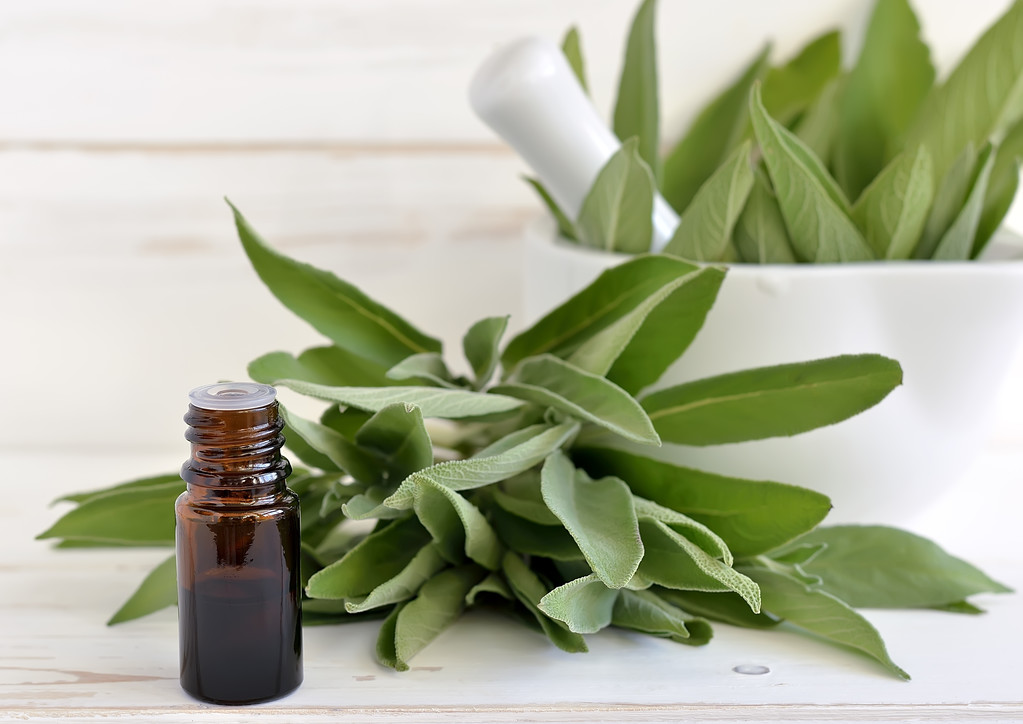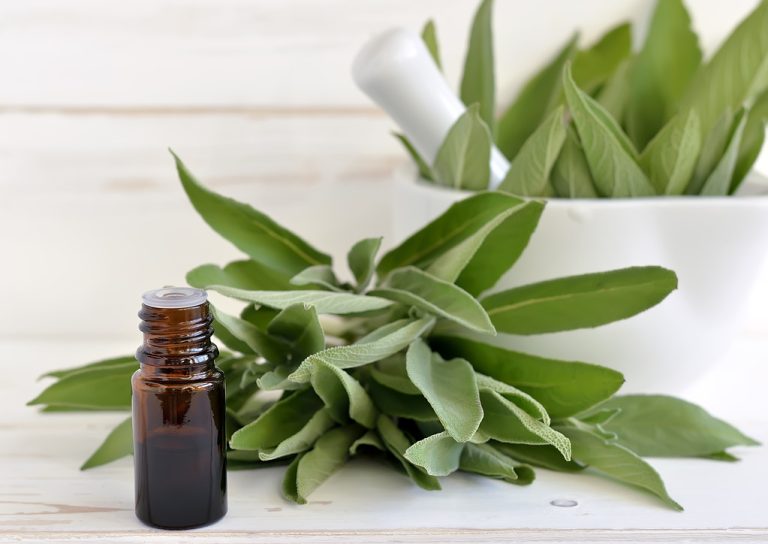If you harvest and dry sage properly, it can be stored for a long time. So you can use it at any time of the year to refine and season dishes. Even harvested and dried sage is also suitable as a tea for a sore throat.

6 tips for the right sage harvest
The real sage is a popular herb for refining dishes. But sage can also provide relief as a variety of home remedies, for example for sore throats or gastrointestinal complaints.
It is important to harvest the sage correctly in order to have sufficient supplies for the cold season, when the sage no longer sprout.
You should pay attention to these tips for a productive harvest:
Harvest time is from May to August. Normally, the sage begins to bloom at the beginning of summer. In its heyday, however, its aroma content is very weak, which would make it uninteresting as a herb.
If you grind consistently and evenly, you’ll reduce woodiness and blooming. The young shoot tips in particular are rich in essential oils and aromatic ingredients.
Never cut into the woody part of the shoots, otherwise the shoot will not sprout again.
Do not wash the harvested sage, just wipe it off to avoid unnecessarily slowing down the drying process and losing valuable ingredients.
To avoid loss of aroma, you should dry or freeze the sage immediately after harvesting.
You should harvest the last time around the end of August so that the shoots can fully mature before the first frost and are therefore protected. To protect the hardy shrub from frost, you can put leaves, fir green or straw around the root area. Attention: Not all sage species are hardy.
drying sage
Dry or Freeze Sage – Which is Better? The answer: both are possible! The essential oils are preserved both dried and frozen.
Sage really dry
In the air:
Dry the sage at 70 to 80 degrees Fahrenheit (21 to 27 degrees Celsius) in a well-ventilated area. That takes about ten days.
You can simply spread individual sheets on newspaper.
If you have harvested stalks, tie them together with string and hang them upside down.
In the oven:
It is also possible to dry the sage in the oven at 40 degrees Celsius within about six hours.
Turn the leaves regularly and leave the oven door ajar (say, with a wooden spoon between them). However, this method is not very energy-efficient and therefore not recommended.

Freeze sage properly
To freeze sage, you can put the sage leaves uncrushed in a screw-top jar or freezer container.

